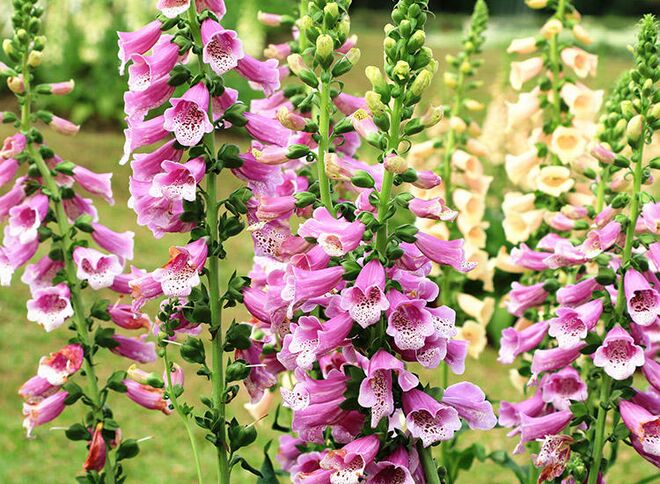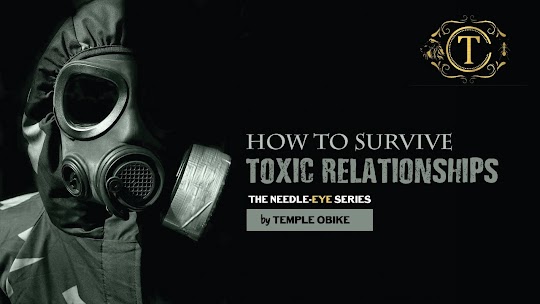
Here’s what you need to know about these common but poisonous plants that may be in or around your home:
Plenty of families have pots of philodendron scattered around the house, since they’re among the easiest to care for. But beware: While not fatal, eating these poisonous houseplants can cause irritated skin, nausea, burning and swelling of the mouth, tongue or throat, vomiting and diarrhea.
Pothos is another highly popular houseplant, with pointed, heart-shaped leaves in white, yellow or pale green. Taking a bite won’t kill you, but it can prove to be pretty irritating. If you think your child may have taken a nibble, keep an eye out for possible symptoms, including burning and swelling of the mouth, lips and tongue, difficulty speaking or swallowing, vomiting, nausea and diarrhea.
A fast-growing climber, English ivy is commonly found in people’s homes, on building exteriors and under trees as a ground covering. But if eaten, these poisonous plants can irritate the mouth and cause soreness. In large amounts, it can cause severe swelling farther down the throat.
Known for their lovely white bulbs, Easter lilies are often brought home in beautiful bouquets. But keep in mind, these poisonous plants can irritate the mouth and throat and even cause nausea or vomiting when swallowed.
Sometimes planted in gardens around the home, this beautiful flowering shrub is known for its white, pink or yellow blossoms—and for being one of the most poisonous plants around the house. It has a lethal cardiac toxin that, if ingested, can cause nausea, vomiting, a slow heartbeat, low blood pressure (which can lead to sleepiness) and even death. If you suspect your child has eaten oleander, head to the emergency room immediately.
These trumpet-shaped flowers may seem perfectly innocent, but they can make your little ones sick. Though they’re not very poisonous, they can do some harm if a lot are eaten. Depending on how much is ingested, they can irritate the mouth and throat and cause nausea, vomiting and diarrhea.
Also known as dumb cane or leopard lily, this houseplant’s mix of of green, white and yellow leaves makes it stand out—as does the fact that it contains calcium oxalate crystals, which can irritate a child’s skin and mouth and, if eaten in large quantities, lead to nausea and vomiting.
Peace lilies are hardy plants with dark green leaves and white flowers, and are popular among homeowners with less-than-green thumbs. But like dumb cane, these poisonous houseplants also contain calcium oxalate crystals, so ingesting them can lead to the same symptoms of irritated skin and mouth, nausea and vomiting.
It may be a universal symbol of joy and good cheer, but this holiday favorite is actually on the list of poisonous plants. Eating mistletoe can cause gastroenteritis, an intestinal infection that comes with diarrhea, cramps, nausea, vomiting and fever. It can also lead to a drop in blood pressure, though the American mistletoe appears to be less toxic than the European species.
If eaten, this common holiday trimming can put a quick end to your family’s merry mood. While the boughs don’t pose a danger, the berries are toxic, and eating even just two can cause vomiting, diarrhea, dehydration and drowsiness. To protect your little ones from these poisonous plants, always remove the berries before decorating your home with fresh holly.
Caladium, also known as elephant ear, has leaves shaped like arrows, hearts or lances, in color combinations of pink, red, white, rose, green and chartreuse. Commonly kept in the home, these poisonous houseplants can irritate the mucus membranes in the mouth, nose, throat and stomach, and cause nausea and vomiting.
Thanks to their stunning, colorful blooms, azaleas decorate many home lawns and gardens. It’s unlikely that your child will get serious poisoning from eating a small piece of the plant—mild symptoms, including mouth irritation, nausea and vomiting are more typical—but swallowing large quantities of these poisonous plants, whether it’s the leaves, flowers or nectar, can be life threatening.
Morning glories are a cheerful flower that adorn many backyards. While the blooms aren’t dangerous for kids, their seeds are—which is why they’re on our list of poisonous plants. The culprit? A chemical similar to LSD, and if a child eats enough of them, they can lead to a variety of symptoms that require medical attention, from diarrhea to hallucinations. If you have a fresh packet of morning glory seeds from the nursery, keep the kids away until the flowers start to grow.
Foxglove is a beautiful bell-shaped flower that grows throughout the US, often cultivated in home gardens. Its white, yellow and pink spring blooms can catch the eye of small children—but they’re actually poisonous plants kids should admire from afar. Foxglove is extremely toxic, and eating any part of the plant can cause the heart rate to become dangerously slow or irregular.

























